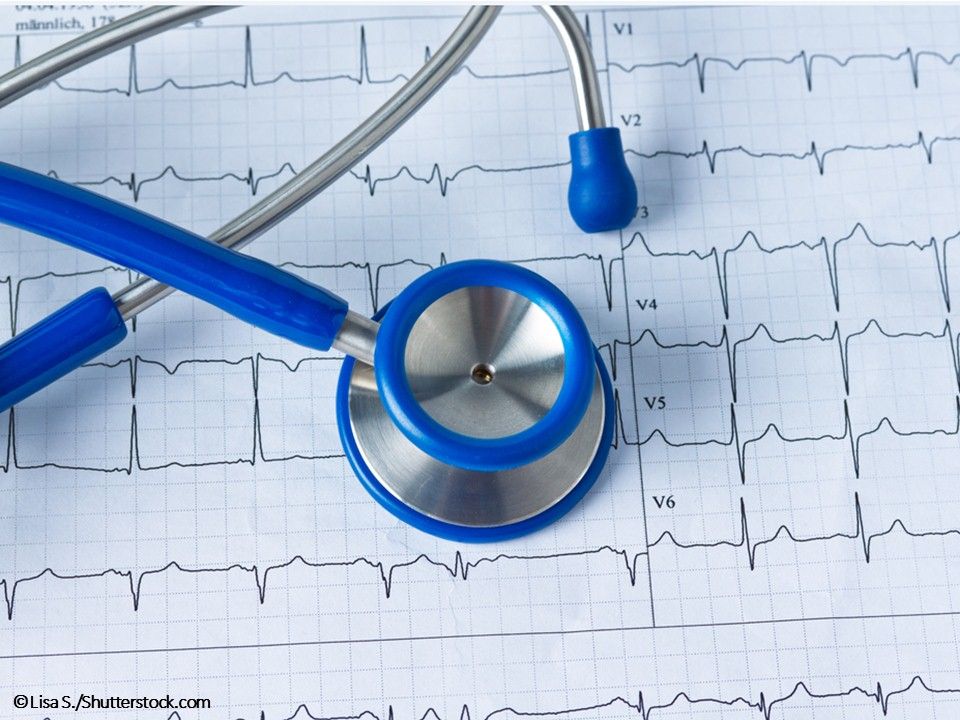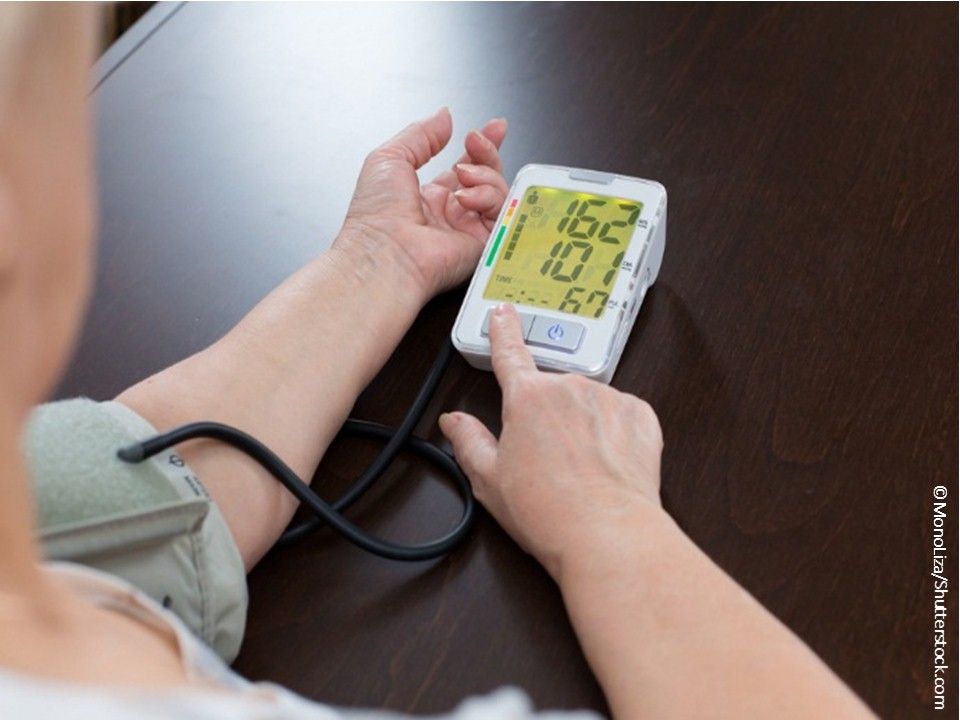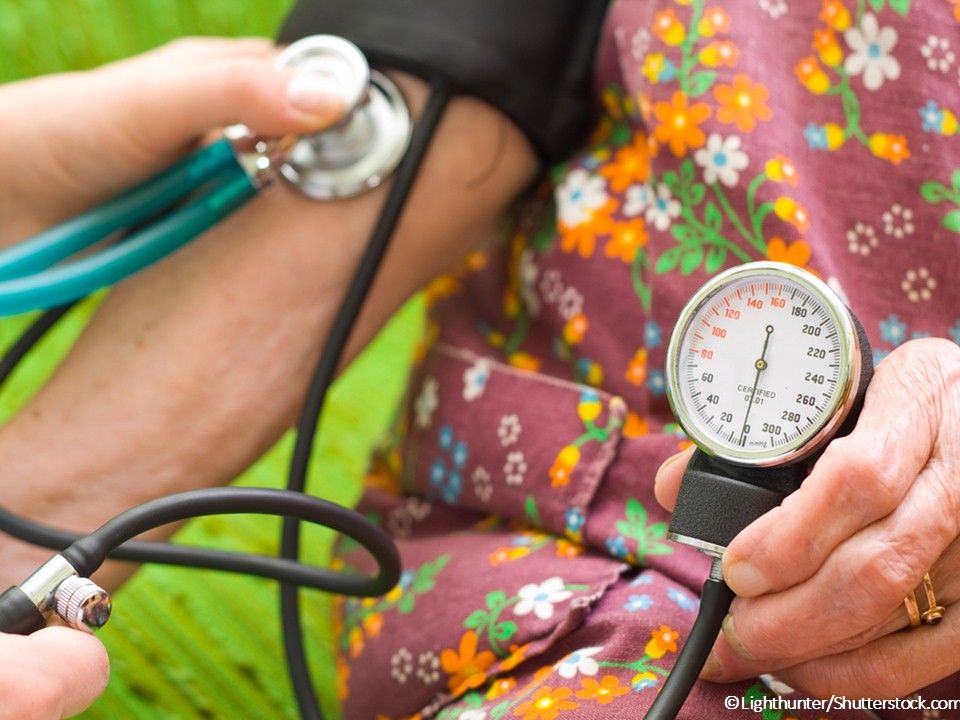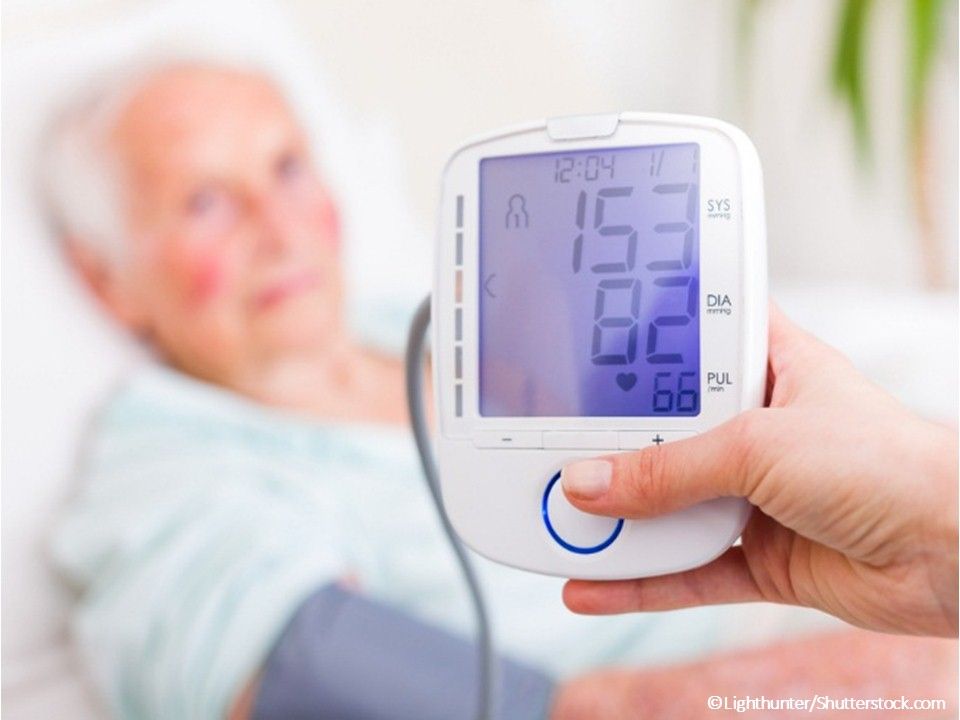© 2025 MJH Life Sciences™ , Patient Care Online – Primary Care News and Clinical Resources. All rights reserved.
New Hypertension Guidelines: 7 Highs and Lows
The ACP and AAFP provide evidence-based recommendations on the benefits and harms of higher vs lower systolic blood pressure targets.

Recommendation 1.
Initiate treatment in adults aged 60 years or older with systolic blood pressure persistently ≥ 150 mm Hg to achieve a target systolic blood pressure of <150 mm Hg to reduce the risk of mortality, stroke, and cardiac events. Nonpharmacologic options: weight loss, dietary changes, and + physical activity. Pharmacologic options: antihypertensives, ACE inhibitors, ARBs, calcium-channel blockers, and β-blockers. (Strong recommendation, high-quality evidence)

Recommendation 2.
Initiate/intensify pharmacologic treatment in adults aged ≥60 years with a history of stroke or transient ischemic attack (TIA) to achieve a target systolic blood pressure of <140 mm Hg to reduce the risk of recurrent stroke. Moderate-quality evidence showed that treating hypertension in older adults with previous TIA or stroke to an SBP target of 130-140 mm Hg reduces stroke recurrence compared with treatment to higher targets. (Weak recommendation, moderate-quality evidence)

Recommendation 3.
Initiate/intensify pharmacologic treatment in some adults aged ≥60 years at high cardiovascular (CV) risk, based on individualized assessment, to achieve a target systolic blood pressure of <140 mm Hg to reduce the risk of stroke or cardiac events. Target factors: comorbidity, medication burden, risk of adverse events, and cost. (Weak recommendation, low-quality evidence)

High and Low BP Targets.
For treating patients with a baseline SBP of ≥160 mm Hg who achieved a target SBP of <150 mm Hg, high-quality evidence showed reductions in all-cause mortality, absolute risk reduction, stroke, and cardiac events. In studies with lower SBP targets (<140 mm Hg), low-quality evidence showed no statistically significant reduction in all-cause mortality or cardiac events; moderate-quality evidence showed a reduced risk of stroke.

Age Can Make a Difference.
Low-quality evidence showed similar effects across different age groups, but in a subgroup analysis of a study not included in the evidence review, patients aged ≥75 years had lower all-cause mortality and nonstatistically significantly lower CV mortality, morbidity, and incidence of stroke with treatment to SBP targets <120 mm Hg compared with SBP targets <140 mm Hg.

Adverse Events in Older Adults.
Treatment to lower BP targets increased withdrawals due to adverse events in 4 of 10 trials. Cough and hypotension were most frequently reported. Low-quality evidence showed: > risk of syncope associated with treatment to lower BP targets and no difference in renal outcomes, functional status, or risk of falls for treatment to higher vs lower BP targets. Moderate-quality evidence showed no differences in cognitive decline or dementia, fractures, or quality of life.

Medications Do More Good Than Harm.
Most patients aged ≥60 years with an SBP of ≥150 mm Hg who receive antihypertensive medications will have benefit with acceptable harms and costs from treatment to a BP target of <150/90 mm Hg. Clinicians should consider the patient's treatment burden when deciding on treatment options. The most accurate BP measurements come from multiple measurements made over time.
A new hypertension guideline is aimed at presenting evidence-based recommendations on the benefits and harms of higher (



